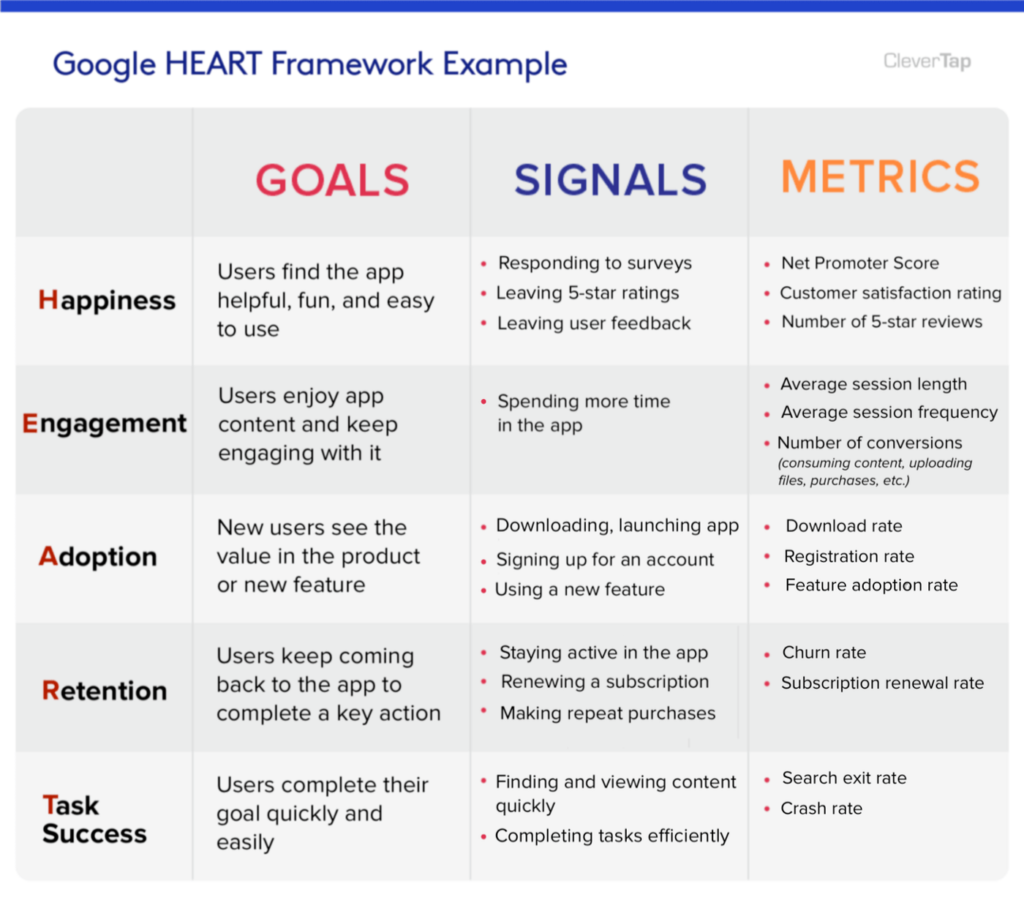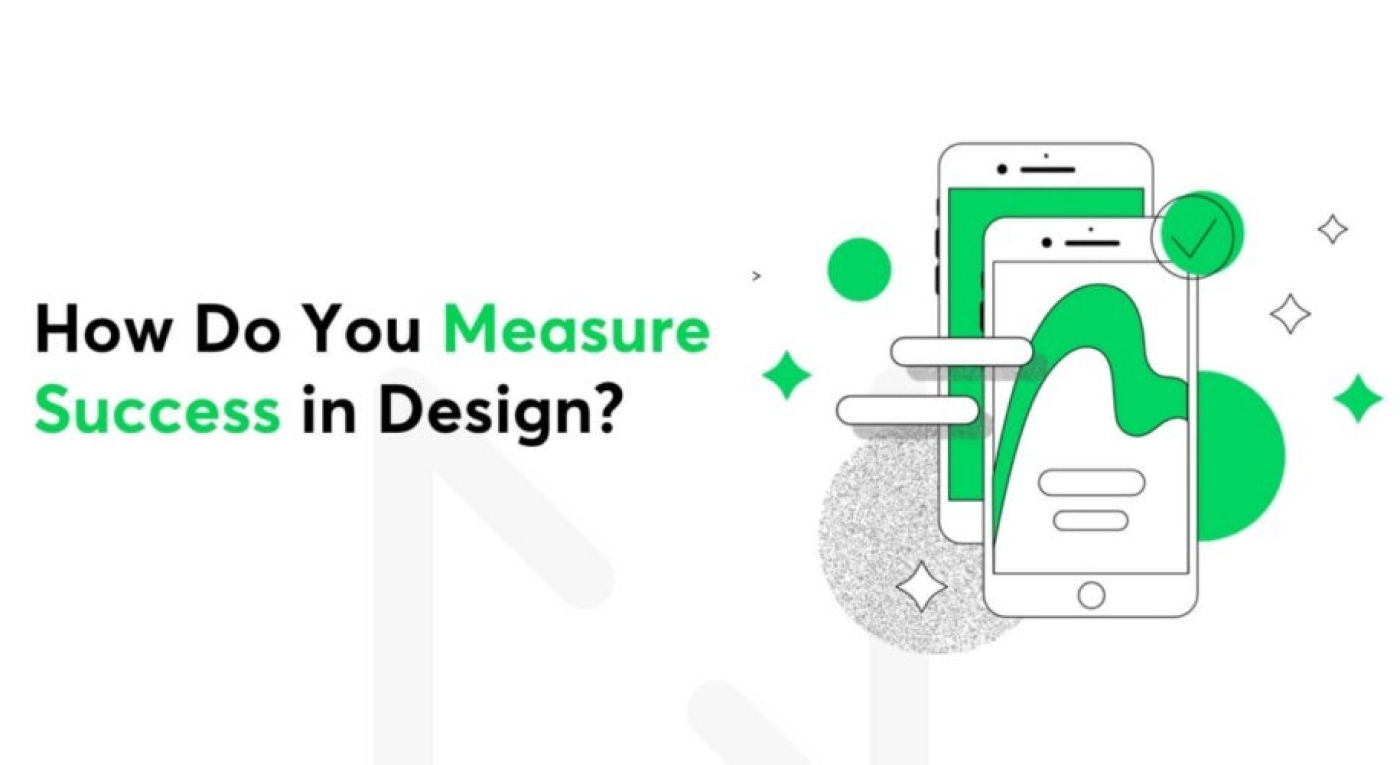‘The proof of the pudding…’ as the famous maxim goes, ‘…is in the eating…’ and I beg to add ‘not in the cooking nor the dishing.’ The same should go for the designs we create, but often, that is not the case. Beyond churning out beautiful, catchy, designs and hearing a well done or thank you in our bank statements, the true definition of success for every designer, I believe, should be in the satisfaction of your customer and testimonials of its impact on their end-users.
As designers, many of us find it challenging to understand the worth of our designs, how valuable they are, and how to measure their success regarding business goals. In this article, I will shed more insight into the Key Performance Index (KPI’s) you can use to measure your success as a designer and how to go about setting them.
To kickstart, I will detail two primary methods you can use to achieve this.
Net Promoter Score (NPS)
This score measures consumer satisfaction through their willingness to recommend the company’s products to others. NPS measures customer satisfaction through three metrics;
- Promoters: Customers in this segment score between 9–10. These peopleare loyal enthusiasts who will keep buying and referring others.
- Passives: Those between 7–8. They are satisfied but neutral customers and are vulnerable to offerings from competitors.
- Critics: These are folks that score between 0–6. They are often aggrieved and dissatisfied customers who can damage your brand and hinder growth through negative reviews and testimonials.
Net Promoter Score can be calculated by subtracting the percentage of detractors from the percentage of promoters.
NPS = % Promoters — % Detractors
For example, in a pool of 100 customers, if 10% of respondents are detractors, 20% are passives, and 70% are promoters, your NPS score would be 70–10 = 60.
To add, NPS depends on collecting many ratings from individual users. NPS can be carried out using market research surveys typically done by emails with detailed responses. Creating an NPS survey is relatively easy to make, but you must think about the long-term data use when deciding how you’ll administer them.
You can check out free templates or use an NPS software to get a practical insight into the success of your design and product.
What is a good NPS score?
Net Promoter Score is always expressed as a number from -100 to 100; and given the available -100 to +100 range, any score above 0 reads as ‘good’ because it indicates that a business has more promoters than detractors.
Big companies should generally have an NPS of 70 and above. According to a survey in 2018, Netflix had an NPS of 64, PayPal scored 63, Amazon 54, Google 53, and Apple 49.
A perfect score of 100 indicates that every survey respondent would recommend a company to someone else — a score that nobody has ever achieved.
The other method to measuring the success of your design is using the Google HEART Framework
Google’s HEART Framework
The Google HEART framework was proposed in 2010 by the Google research team and is now widely used by designers to measure success. The HEART framework aims at measuring user experience on a large scale with the following five categories:
- Happiness: How do people feel about your product? We can use this to measure the ease of use of the product.
- Engagement: This category focuses on the questions; How are people using your product? How often do users desirably interact with the product?
- Adoption: This metric focuses on the increase in product adoption, i.e., the acquisition of new users. This can be based on the number of accounts created in a specific time range.
- Retention: This category deals with the number of users returning to use the product. For example, how many active users from a given time are still present in some later period? You may be more interested in measuring the churn rate.
- Task Success: The number of complete actions is an important metric to measure success as a designer. It includes factors such as the number of users that complete a particular task at the most accessible means possible. It also considers the error rate and time to complete a task.
How to Use the HEART Framework
Set Goals
Ensure every member of your team is on the same page. Understand what exact goal you’re trying to achieve. Ask questions like Is it more important to attract new users or increase engagement for existing users? Remember that the goals you plan to achieve with a new feature would invariably be different from the app’s overall goal.
It’s easy to develop a long list of possible metrics. Ensure you keep the list manageable by sticking to metrics that will help you measure the success of your design and product.

You can download a sample Google HEART Framework PDF worksheet HERE
Measuring the success of your design involves putting into consideration the level of your stakeholder’s satisfaction as well as the time taken to design and implement their product without any additional costs and time overruns.
And remember, there is no such thing as a foolish question. To get robust feedback from stakeholders, ask as many questions as possible on your project delivery. To enhance your chances of getting future project deals with stakeholders, the following questions might be great conversation starters:
- How would you rate my performance on this project?
- Was I able to manage delivery within your expected turnaround time?
- Did you deliver a quality job within your budget?
Having walked you through the NPS and Google HEART Framework of measuring your KPI, I have also emphasized the importance of asking for feedback from your customers. If there is one thing, I want to leave with you this week, it is:
i) Feedback is Knowledge!!!
ii) Analyzing the feedback gives you understanding!!!
iii) And Putting the Feedback to use is Wisdom!!!
I wish you knowledge, understanding, and wisdom.








